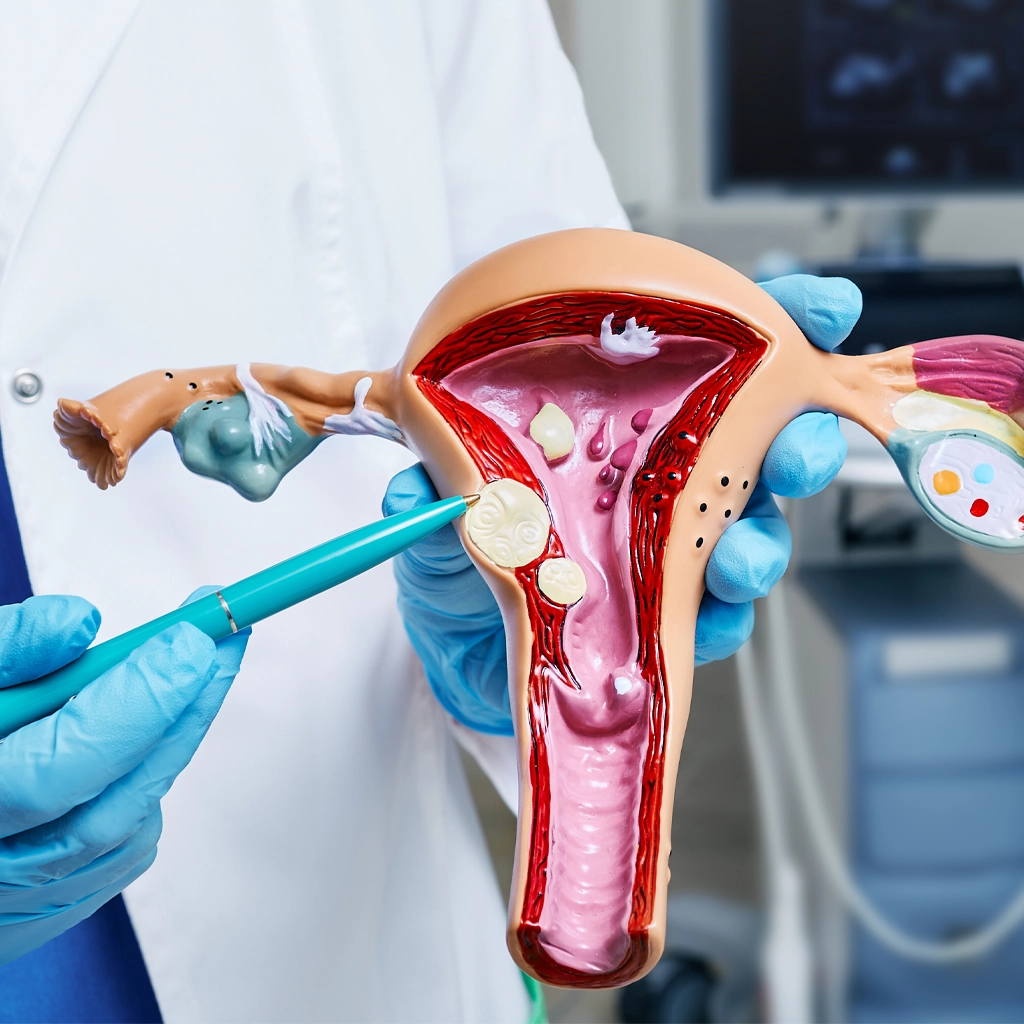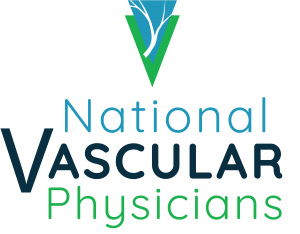
A Guide for National Fibroid Awareness Month by NVP Experts
July 17, 2024
As we observe National Fibroid Awareness Month this July, it’s crucial to shed light on a common yet often misunderstood health issue affecting many women: uterine fibroids. These benign tumors, also known simply as fibroids, can vary in size and number, impacting women during their reproductive years. While some women may not experience any symptoms, others may face significant challenges that affect their quality of life.
What are Uterine Fibroids?
Uterine fibroids are non-cancerous growths that develop within the uterine wall. They can range in size from as small as a seed to as large as a grapefruit, and women may have one or multiple at a time. The exact cause remains unclear, although hormonal factors, genetic predisposition, and other growth factors likely play a role in development.
Symptoms and Impact
Symptoms of fibroids can vary widely, depending on their size, number, and location within the uterus. Common symptoms include heavy menstrual bleeding, prolonged periods, pelvic pain or pressure, frequent urination, constipation, and in some cases, infertility. The impact on daily life can be profound, affecting work, social activities, and relationships.

Treatment Options
Traditionally, treatment has often involved surgery, such as hysterectomy (removal of the uterus) or myomectomy (removal of the tumors while leaving the uterus intact). However, advancements in medical technology have introduced effective non-surgical treatments that offer alternatives with fewer risks and faster recovery times.
Non-Surgical Fibroid Treatment Options
One of the most promising non-surgical treatments is uterine fibroid embolization (UFE). During UFE, a specially trained interventional radiologist inserts a catheter into the blood vessels supplying the tumors. Small particles are then injected into these vessels, cutting off the blood supply, which causes them to shrink and symptoms to improve. UFE is minimally invasive, performed as an outpatient procedure, and requires only a small nick in the wrist or groin area.
Another non-surgical option gaining popularity is hormonal therapy, which aims to regulate hormone levels to reduce the size of fibroids and alleviate symptoms. While hormonal therapy may not eliminate the masses entirely, it can be effective in managing symptoms, especially bleeding and pain.
Choosing the Right Treatment
The choice of treatment for these tumors depends on various factors, including the size and location, the severity of symptoms, a woman’s age, and her desire for future fertility. It’s essential for women to discuss their options thoroughly with a healthcare provider who specializes in fibroid management to determine the most appropriate treatment plan for her individual needs.
As we raise awareness this National Fibroid Awareness Month, it’s important for women to know that effective treatment options exist beyond surgery. Non-surgical treatments like uterine fibroid embolization offer a safe, minimally invasive alternative that can provide significant relief from symptoms and improve quality of life. By staying informed and seeking guidance from knowledgeable healthcare professionals, women can take proactive steps toward managing their symptoms and reclaiming their health and well-being.



